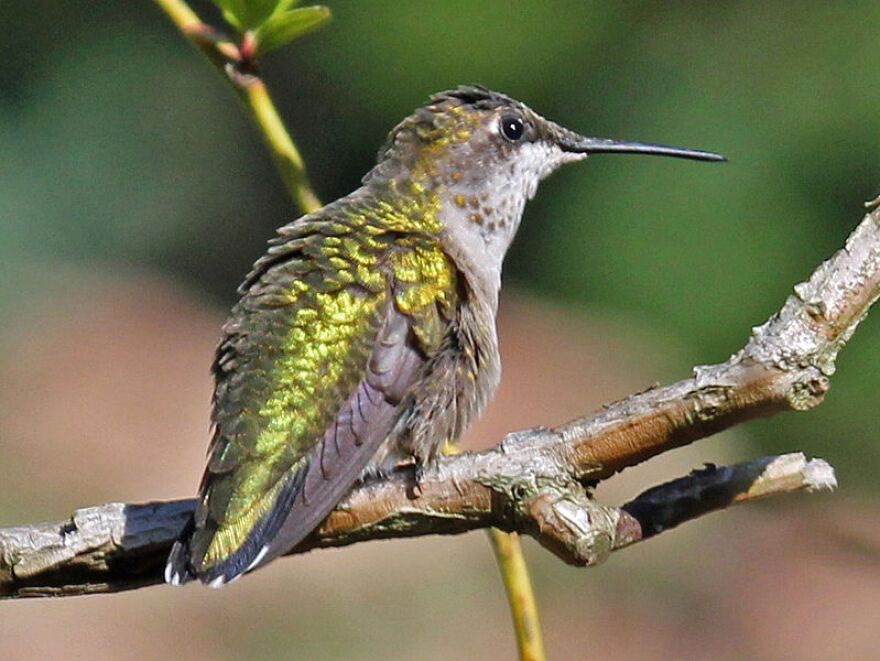June and July bring peak breeding activity for Wisconsin’s birds. The state DNR says it’s an especially good time to get involved documenting bird sightings for the Wisconsin Breeding Bird Atlas.
It’s a five-year data gathering project that spans the entire state.
The DNR’s Ryan Brady is Science Coordinator for the project. He says biologists will compare the data with those gathered 20 years ago, “and really see what populations of birds are increasing; which species are decreasing; how may they have shifted relative to changes in habitat or climate change or whatever it might be.”
The Wisconsin Breeding Bird Atlas hasn’t been updated since the 1990s, when it documented about 400 species of nesting birds.
Organizers say they’re specifically interested in nesting birds or those exhibiting other kinds of breeding behavior.
Anyone can submit sightings from their backyard or their travels throughout the state...by using the online portalAtlas e-bird.
Brady says wildlife managers want data on both common birds and rare ones.
“What’s common now may not be common ten years from now, or fifteen years from now or twenty years from now," Brady explained. "So there are species probably from the first atlas twenty years ago that were doing better than they’re doing now. And thankfully we collected data on them then, and we’ll be able to see how things have changed.”
For those wanting to learn more about how to participate, there are training workshops scheduled, including one in Manitowish Waters on June 24th.
Several organizations are teaming up to survey the state’s breeding bird populations, including the Wisconsin Society for Ornithology.
The DNR says several volunteers have already confirmed hundreds of sightings, including some of rare birds not documented in the previous survey.






